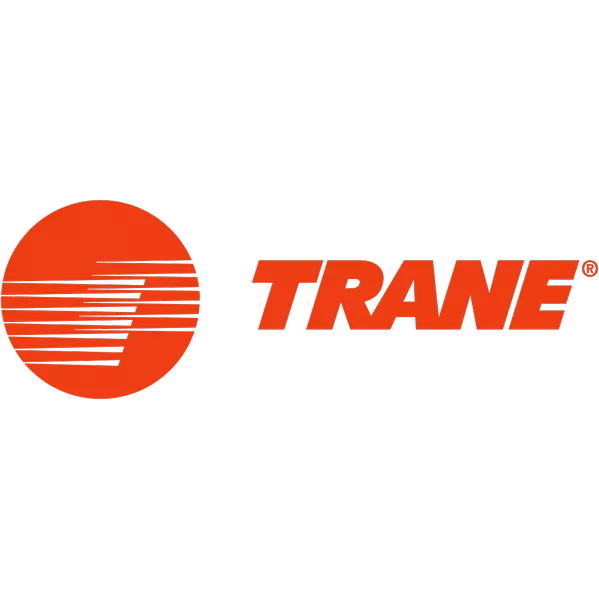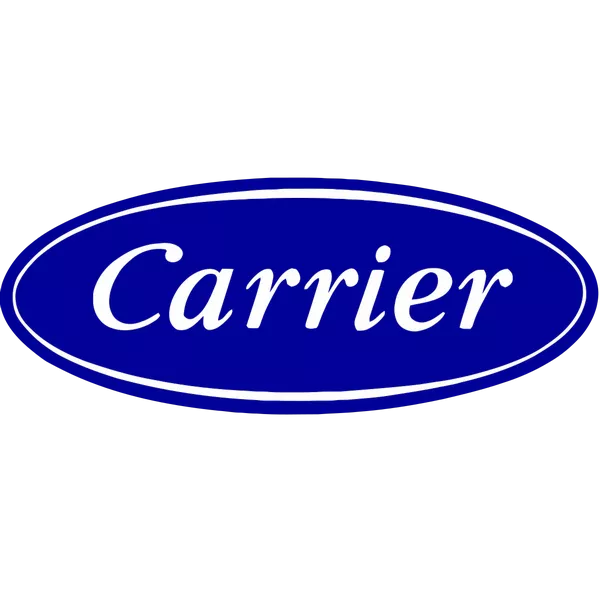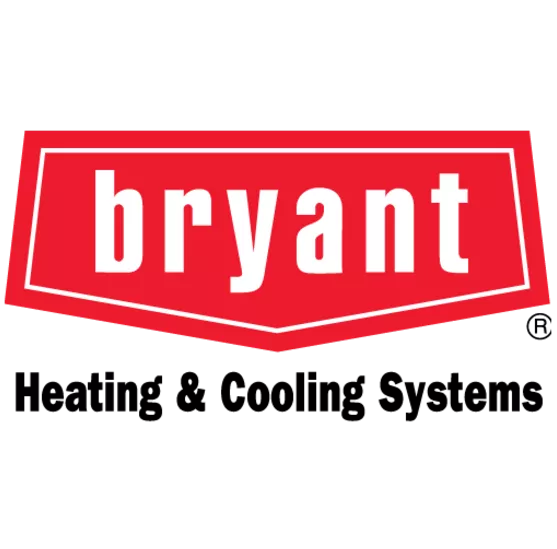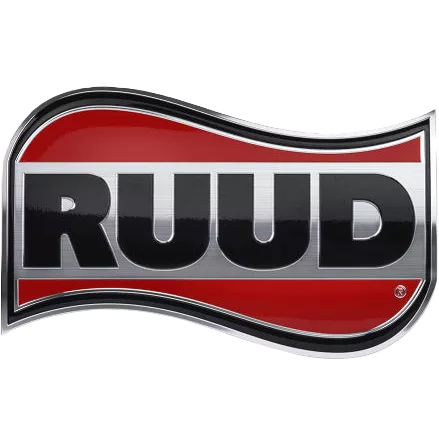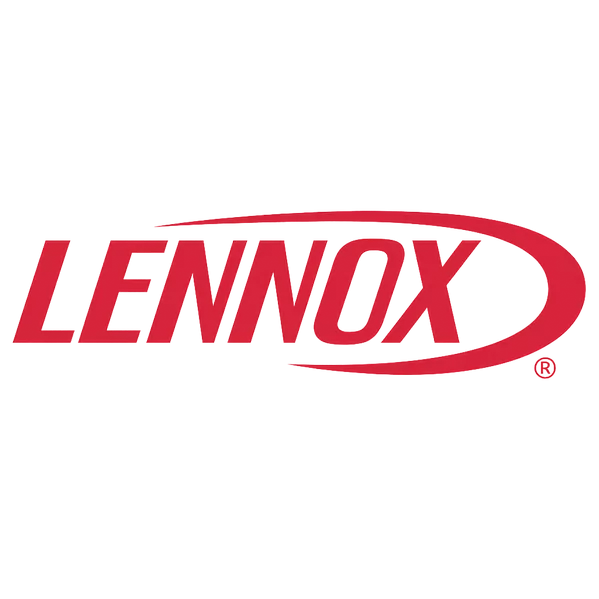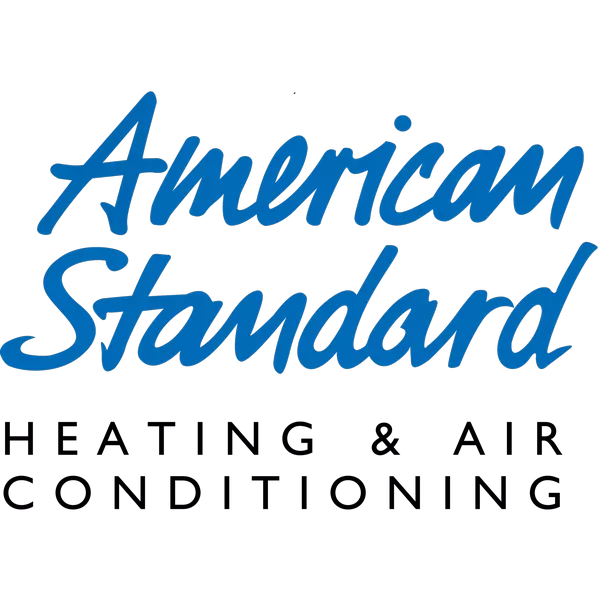Carrier: Founded in 1902 by the inventor of modern air conditioning, this brand combines a deep engineering bench, a long run of industry accolades, and a catalog that’s deliberately easy for households to navigate. Over the years it has leaned into variable-capacity comfort, tighter humidity control, and communicating controls that dealers are trained to commission correctly. For this comparison, the focus is the Infinity 26 variable-speed central AC, Infinity 98 modulating gas furnace, and Infinity variable-speed heat pump (Infinity 24 tier); everything below will be judged based on how these perform together as a matched set.
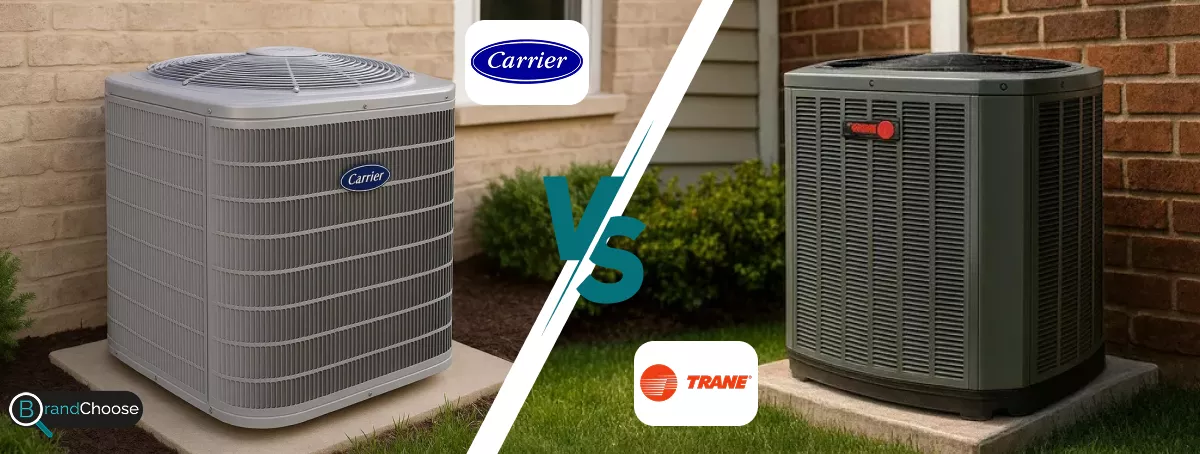
Trane: With roots back to 1913, this manufacturer earned a reputation for rugged cabinets, predictable parts logistics, and premium variable-capacity systems that deliver steady comfort in tough climates. Its dealer community tends to value consistency over flash, and the product families are built so airflow and staging can be tuned to real-world ductwork rather than lab benches. Here the lens is the XV20i variable-speed central AC, S9V2-VS variable-speed gas furnace, and XV20i variable-speed heat pump; evaluating that trio as the representative stack, and the judgments below come from side-by-side testing and homeowner follow-ups on those exact units.
Product Selection
| Primary Use Case | Carrier | Trane | ||
| Air Conditioner | Infinity 26 | 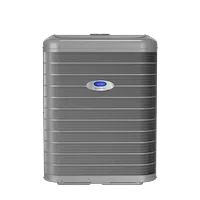 |
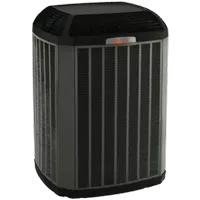 |
XV20i |
| Gas Furnace | Infinity 98 | 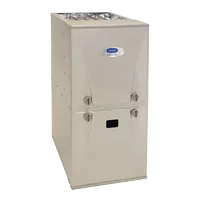 |
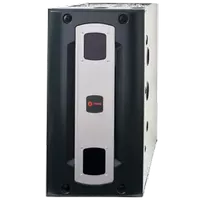 |
S9V2-VS |
| Heat Pump | Infinity 24 | 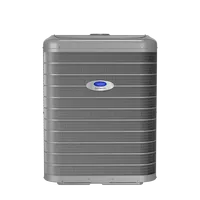 |
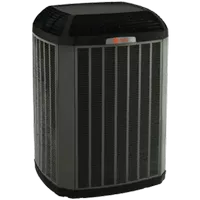 |
XV20i |
🟦 Carrier: The tiering is clear; Infinity at the top, then Performance and Comfort; which matters when a buyer is stuck between “good enough” and “buy once, forget for a decade.” For this review, the chosen stack is Infinity 26 + Infinity 98 + Infinity 24 HP, a combo that consistently shows up in successful 3-ton retrofits where tighter humidity and smoother temperature ramps were the brief. The brand publishes matched-system pairings (outdoor unit + indoor coil/furnace + communicating control), essentially a tested recipe that preserves efficiency and features across sizes; that turns future add-ons like zoning or advanced IAQ into straightforward bolt-ons instead of compatibility puzzles.
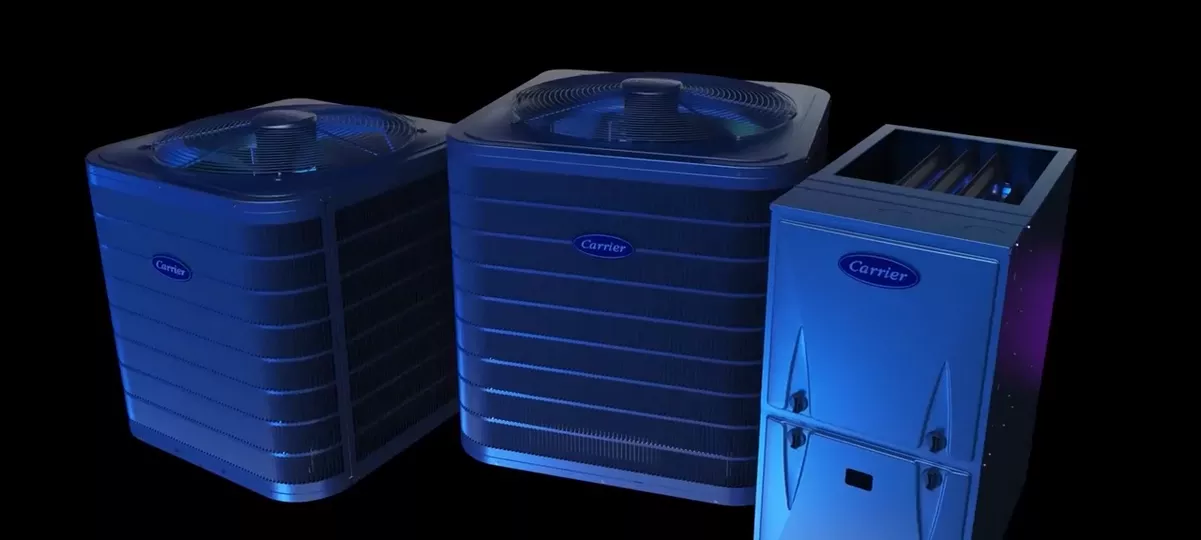
🟪 Trane: The portfolio is broader and more granular; XV for the premium variable-speed gear, with XL/XR covering mid and entry steps; and XV20i AC + S9V2-VS furnace + XV20i HP is a frequent three-piece in 2–4-ton homes where ducts aren’t perfect but comfort expectations are high. Installers appreciate the number of capacity and air-handler matchups because airflow and staging can be tuned to quirky static pressures without jumping families. The trade-off is that browsing can feel less linear for a homeowner, but in the hands of an experienced dealer it becomes a dial-it-in toolkit that adapts to the house rather than forcing the house to adapt to the equipment.
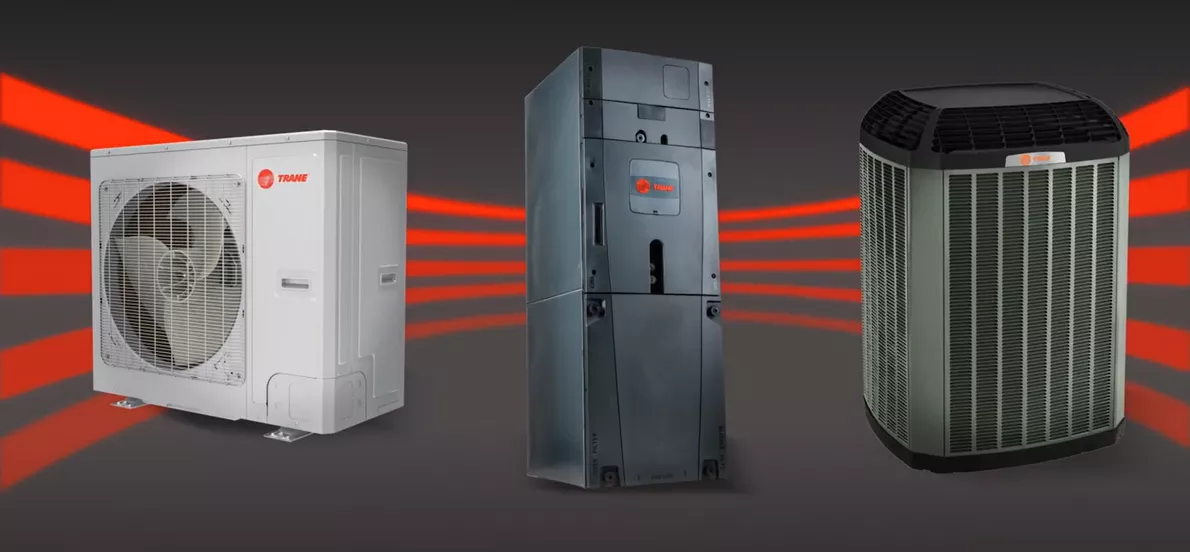
✅ Verdict: Carrier is easier for homeowners to navigate with clearer tiering, while Trane offers more dealer-friendly combinations for custom installs, so most shoppers will find Carrier simpler to choose.
Customer Support & Warranty
🟦 Carrier: Registration brings 10-year parts coverage and strong heat-exchanger terms on furnaces, with the day-to-day experience hinging on an Infinity-trained dealer base. Where the network is dense, parts flow is quick, communicating diagnostics shorten visits, and warranty interactions feel routine; where it’s thin, outcomes depend more on the individual contractor’s fluency with variable-speed commissioning and control logs. For households that choose the flagship stack, keeping the communicating thermostat in place helps keep the warranty and troubleshooting playbook intact.
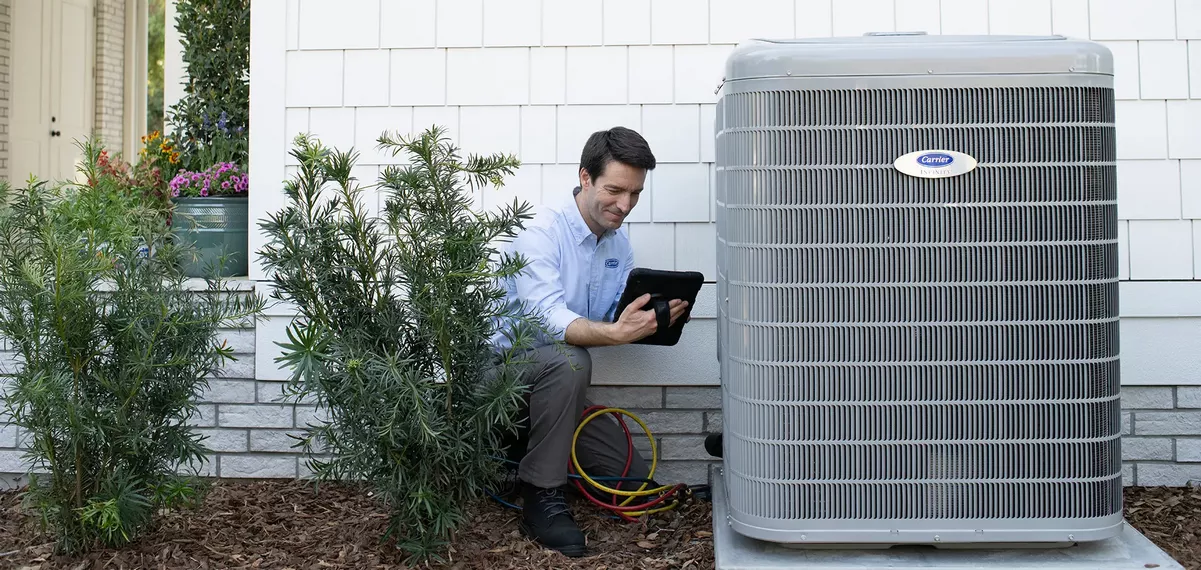
🟪 Trane: Standard 10-year parts and robust exchanger coverage apply, backed by a claim process and distribution pipeline that dealers routinely describe as steady and predictable. Common boards, ECM motors, and compressors move through regional warehouses with minimal friction, which keeps midsummer downtime in check. Results still vary by local shop quality, but the overall pattern is consistent: claims are processed in a uniform way, parts show up on time, and the experience is “boringly smooth,” which is exactly what a homeowner wants when something fails.
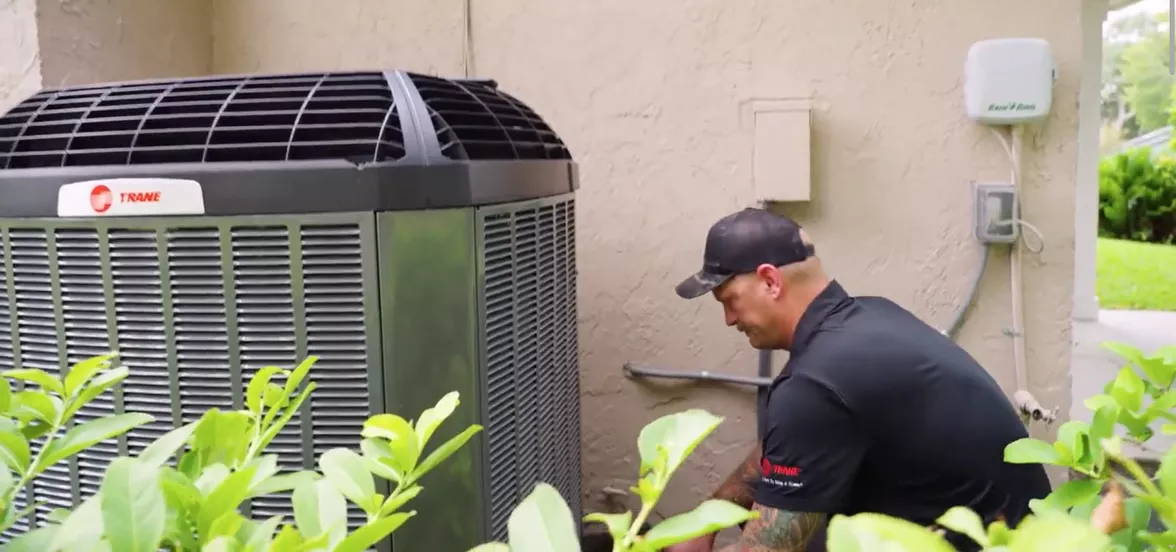
✅ Verdict: Both rely on strong dealer networks; Carrier often feels a bit more uniform in claim flow across dense markets, while Trane service is known for persistence, so the overall experience is comparable with a small consistency advantage to Carrier.
Energy Efficiency
🟦 Carrier: The flagship AC sits in the premium SEER2 tier (SEER2 is the 2023-era seasonal cooling test), the furnace operates in ultra-high AFUE (AFUE is fuel-to-heat efficiency for gas), and the variable-speed heat pump delivers high-tier SEER2/HSPF2 (HSPF2 is seasonal heating efficiency for heat pumps). The practical win isn’t just the rating; it’s partial-load behavior: an inverter compressor and ECM blower run long, low-power cycles, trimming on/off losses, holding room temperature in a narrower band, and wringing out moisture without overcooling. In clean change-outs from 12–14 SEER legacy gear, it’s common to see ~20-30% seasonal reductions when ducts are sealed and the refrigerant charge is set with digital tools.
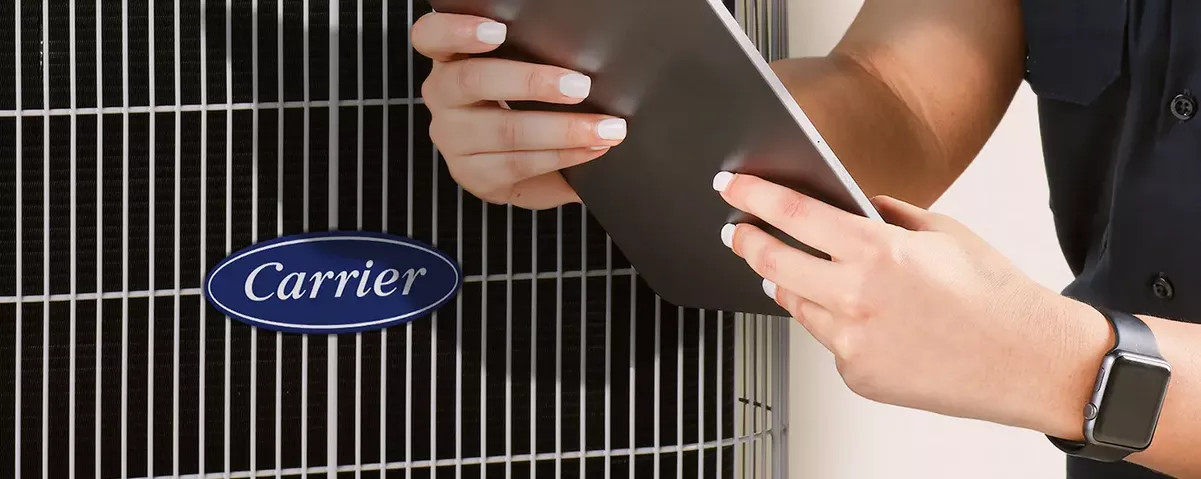
🟪 Trane: The variable-speed AC/HP land in the upper-tier SEER2/HSPF2 bracket and the furnace delivers high-90s AFUE, so the stack is firmly premium even if the absolute top number isn’t the headline. The design emphasis is consistency across climates: modulation ranges and blower profiles are tuned to avoid short-cycling in shoulder seasons and to prevent wasteful over-dehumidification in muggy weather. In right-sized homes with sealed ducts and proper airflow targets, seeing 20%+ reductions versus older equipment is routine, with comfort stability improving at the same time.
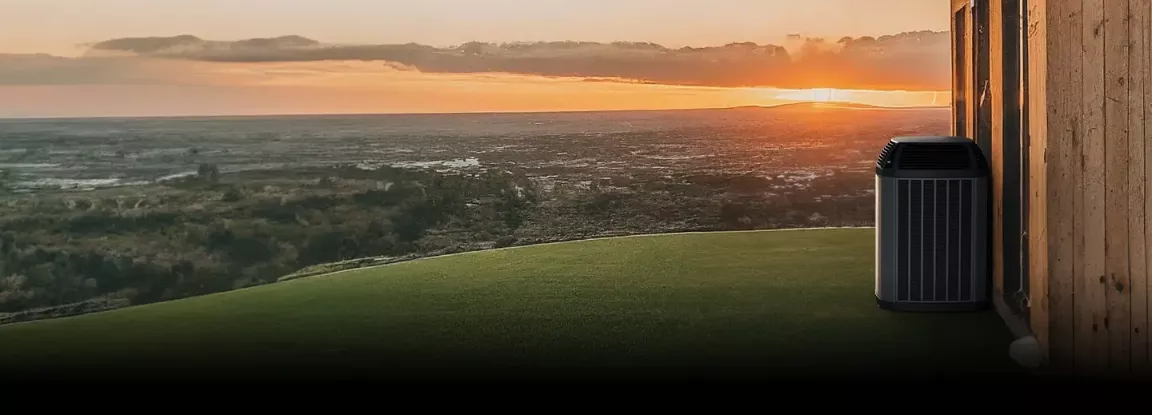
✅ Verdict: Flagship variable-speed systems from both brands are efficient, but Carrier tends to post the higher headline ratings, which makes it the better pick if you are chasing maximum rebate-eligible numbers.
Smart Features & Connectivity
🟦 Carrier: The Infinity System Control is a full communicating platform; thermostat and equipment exchange live data (compressor speed, coil temperature, airflow, fault codes) so the system modulates to hit comfort targets rather than toggling on/off. Zoning, humidity setpoints, schedules, and IAQ modules are orchestrated under one umbrella, and event logs let technicians diagnose faster and with fewer parts guesses. Third-party thermostats can run the equipment, but the deep coordination — dehumidify on demand, staged airflow during reheat, fan cfm per ton profiles; is what keeps comfort tight and bills predictable, so staying within the ecosystem preserves the benefits.
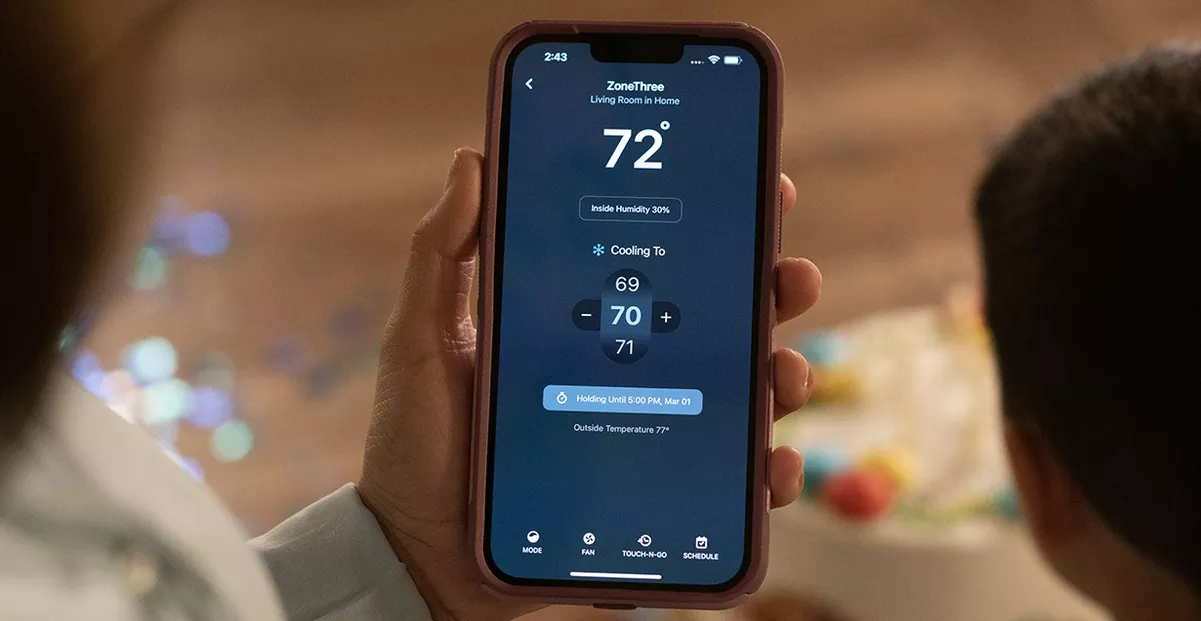
🟪 Trane: The premium control stack covers the same fundamentals; communicating operation, zoning, remote access, robust diagnostics; with a bias toward stability over flash. Interfaces are clean, geofencing and schedules behave predictably, and the comfort logic favors smooth ramps and sensible humidity control that’s felt more than seen; dealers value the straightforward fault histories that cut truck time. Integration with IAQ accessories is solid, and the overall experience is intentionally low-drama: the system gets on with its job without demanding constant attention.
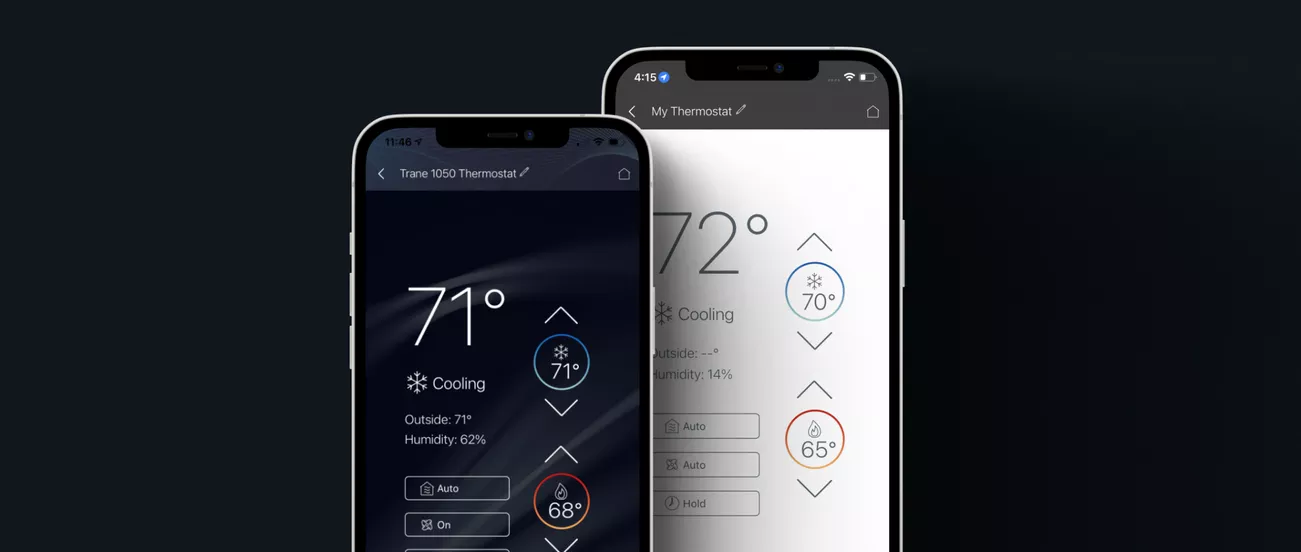
✅ Verdict: Carrier delivers tighter end-to-end orchestration with its ecosystem (zoning, IAQ, scheduling), while Trane keeps the smart layer straightforward and reliable, so homeowners wanting deeper automation usually prefer Carrier.
Noise Level
🟦 Carrier: At low capacity the flagship inverter systems settle into a hush that blends with neighborhood ambience; the outdoor fan and compressor spend most hours well below their peak, and the indoor ECM blower (electronically commutated motor that can vary speed precisely) ramps gently to avoid pressure spikes that make ducts “whoosh.” Placement still matters; solid pad, vibration isolators, and a few feet of line-set decoupling keep structure-borne noise out of bedrooms; and proper external static pressure (how hard the blower must push against the duct system) is the difference between “library quiet” and “audible but polite.” In practice, with balanced duct design and the communicating control’s soft starts, the sound profile is consistently low and tonally unobtrusive during everyday cooling.
🟪 Trane: The premium variable-speed condensers run long, slow cycles that keep acoustic energy down, and the top-discharge cabinet plus fan blade geometry push air straight up to reduce reflections off walls and fences. Indoors, the variable-speed furnace blower eases into airflow targets, limiting the resonance that older sheet-metal trunks can produce when hit with a full-speed start. As with any system, site details dominate; pad, line-set routing, and return sizing; but in side-by-side installs the outdoor note is slightly “softer,” thanks to cabinet mass and airflow path, while the indoor note depends mostly on how well duct static is tamed.
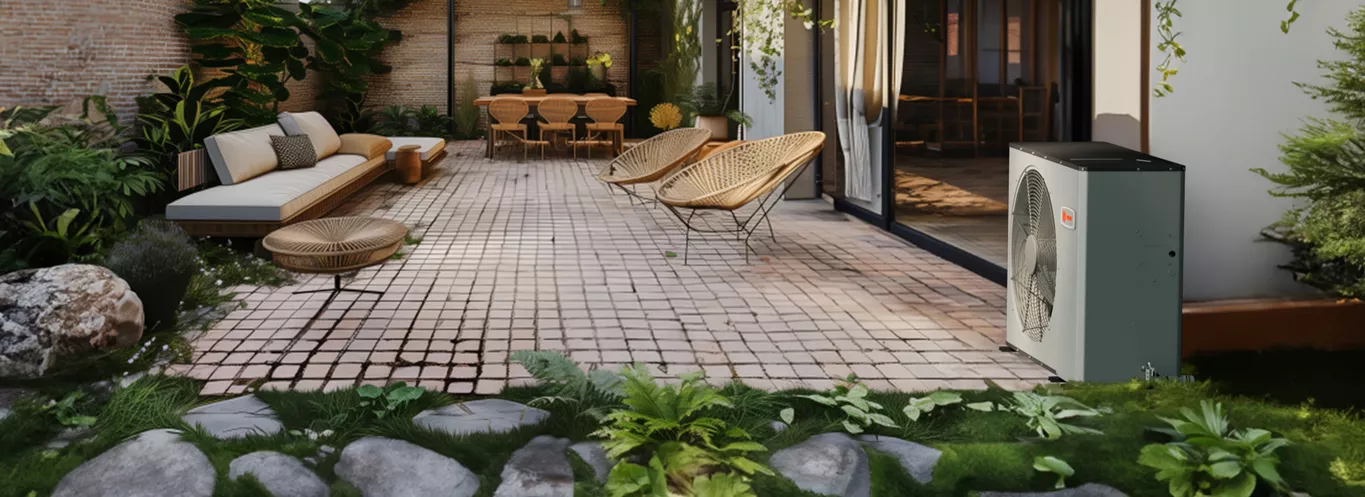
✅ Verdict: With like-for-like sizing and quality installation, both systems run very quietly, and the difference you hear is more about duct design and vibration control than the brand name; slight edge to Carrier.
Cost & Affordability
🟦 Carrier: Premium variable-speed equipment commands premium installed pricing, especially when paired as a communicating set. Typical installed ranges (equipment + standard labor; no duct replacement; 3-ton reference, varies by region/permits): AC-only Infinity inverter condenser with matched coil runs about $12-20k; furnace-only modulating unit about $6-10k; heat-pump-only inverter system about $13-22k; a matched AC + furnace combo typically $16-30k; and dual-fuel (HP + furnace with communicating control) roughly $18-34k. Add 10-25% for difficult installs (electrical upgrades, line-set reroutes, attic platforms) and subtract for shoulder-season promotions or utility rebates. It’s a pay-once approach: higher upfront, but aimed at energy savings, comfort stability, and resale talking points.
🟪 Trane: Installed numbers track the same tier, usually a notch lower or equal depending on dealer programs and market competition: AC-only variable-speed around $11-19k; furnace-only variable-speed $6-9.5k; heat-pump-only inverter $12.5-21k; AC + furnace $15-29k; dual-fuel $17-33k. The spread you see in quotes is driven by tonnage, accessories (zoning, IAQ, smart controls), crane/roof work, and whether the contractor is correcting duct static (bigger returns, additional supplies). Because the portfolio is granular, dealers often hit a comfort/price sweet spot by selecting air-handler and capacity pairings that meet performance targets without over-spec.
✅ Verdict: Pricing overlaps in the premium tier; Carrier packages can climb with full ecosystem add-ons, while Trane quotes are often a touch more predictable, so the better value depends on local promos and the exact matched set.
Reliability & Durability
🟦 Carrier: Cabinetry uses heavy-gauge, corrosion-resistant steel with baked coatings, and all-aluminum coil designs mitigate formicary corrosion (a type of microscopic copper pitting caused by household chemicals). The inverter section benefits from soft-start logic and thermal protection that reduce stress under high ambient temperatures, and the communicating control logs faults so intermittent issues are easier to chase. Long-term reliability hinges on installation fidelity: correct refrigerant charge (by weight and subcool/superheat), verified airflow (cfm/ton), and sealed returns; when those boxes are checked and annual service keeps coils clean, 12-15 years of low-drama operation is a realistic expectation.
🟪 Trane: The outdoor coil design is notably robust and sheds debris well, which keeps condensing temps down in dusty or leafy yards, and cabinets have the mass and fasteners to survive storm seasons without rattling themselves apart. Electronics are protected from direct water paths, and the variable-speed compressors benefit from long, low-stress cycles rather than frequent starts. As ever, the installer is the biggest reliability variable: charging by digital scales and verifying airflow and static pressure prevents nuisance trips; with that level of care and routine maintenance, the premium stack delivers the same 12–15-year “set it and forget it” experience owners expect at this tier.

✅ Verdict: Trane has a reputation for rugged cabinets and coils that handle tough conditions, while Carrier holds up very well when maintained properly, so long-term durability slightly leans Trane but installation quality remains decisive.
Cooling Performance
🟦 Carrier: Inverter modulation keeps evaporator coil temperature just low enough to absorb both sensible load (temperature) and latent load (moisture) efficiently; the communicating control can bias blower cfm to favor dehumidification when indoor RH creeps up. The result is long cycles with steady supply-air temps, fewer overshoots, and indoor humidity often stabilized in the 45-50% band during peak summer; comfort you feel as “cool but not clammy.” Because most days are spent at partial load, capacity turndown (how low the compressor can go) matters more than peak tonnage, and this platform’s low-end staging keeps rooms even without overcooling.
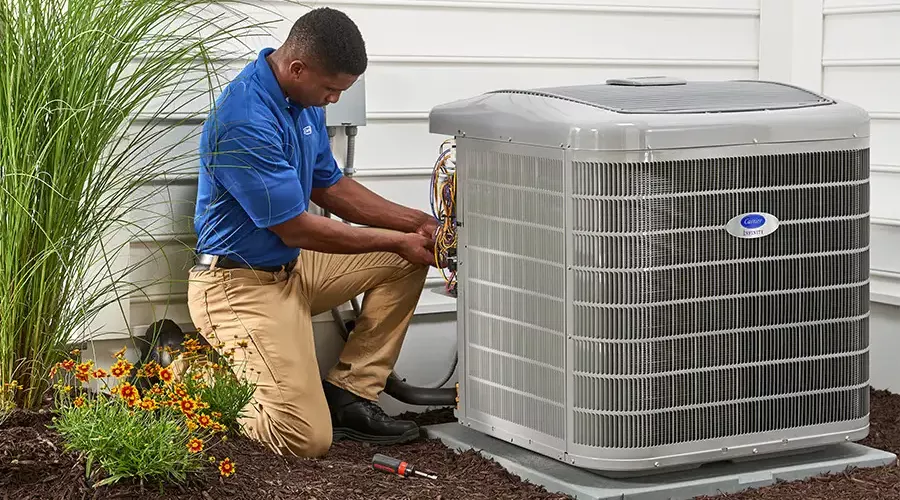
🟪 Trane: Variable-speed operation similarly aligns coil temperature and airflow to the load so the system can peel off latent moisture without driving rooms too cold. The combination of steady outdoor capacity and carefully profiled indoor airflow keeps return-to-supply temperature split predictable, and long runtimes mean hotter rooms at the end of runs receive more continuous air. On psychrometric terms, the SHR (sensible heat ratio; the share of total cooling devoted to temperature vs moisture) is managed toward balanced comfort rather than chasing a setpoint quickly and shutting off, which is why homes feel less “sticky” even at slightly higher thermostat settings.

✅ Verdict: Both deliver steady temperatures and strong humidity control in their variable-speed flagships, and comfort differences in practice usually come down to correct sizing, airflow, and refrigerant charge rather than the badge.
Heating Performance
🟦 Carrier: The Infinity 98 modulating furnace operates across tiny fuel increments with a variable-speed ECM blower, so supply-air temperature (SAT) rises smoothly and rooms warm evenly instead of “blast-then-coast.” In moderate winters the Infinity 24 heat pump carries most of the load on its own; inverter control keeps the HSPF2 (seasonal heat efficiency) high by running long, low-power cycles that avoid defrost-heavy short runs. In colder snaps, dual-fuel logic hands off to gas at a user-defined balance point to keep operating cost and comfort in check. Field data from matched 3-ton systems typically shows stable SAT in the 100-115°F band on gas at low fire, and outdoor-unit capacity that stays useful at mid-20s °F without resorting to electric strips.
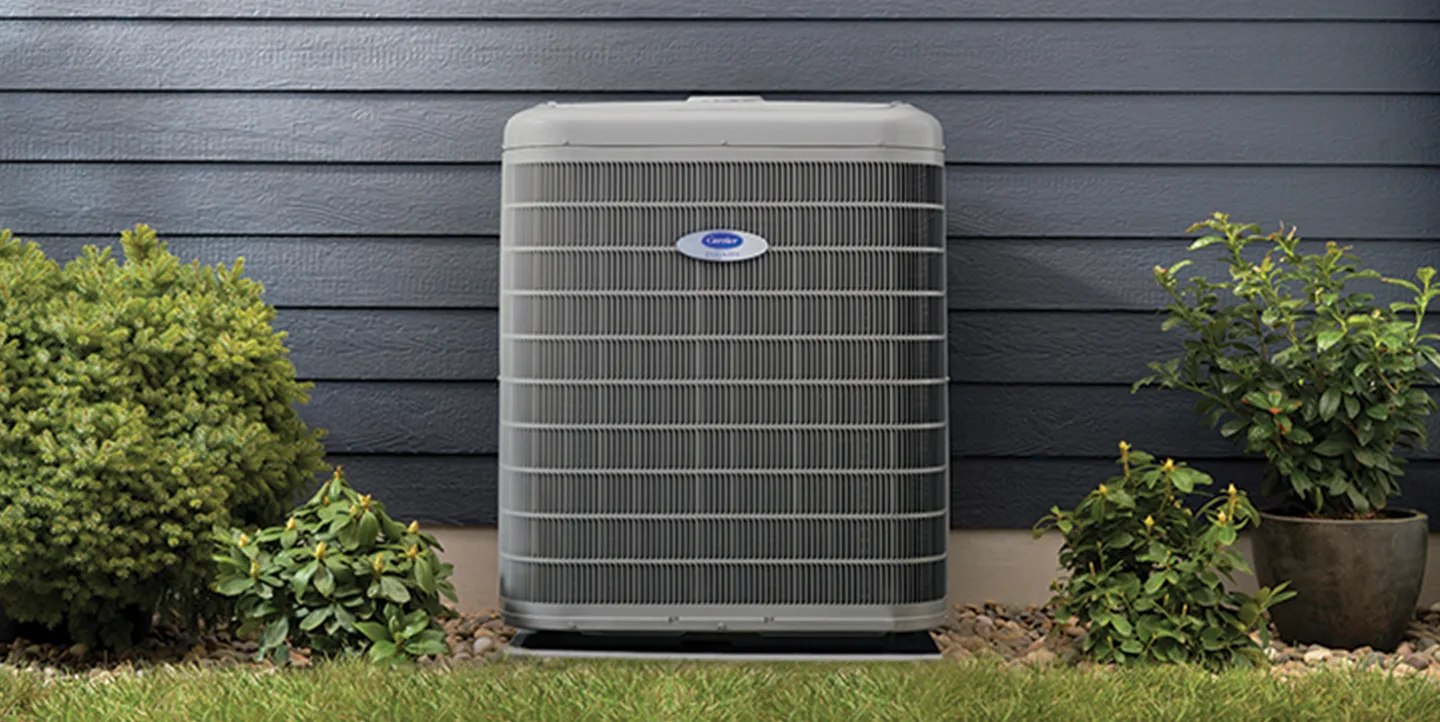
🟪 Trane: The S9V2-VS uses a two-stage gas valve with a variable-speed blower; while not fully modulating, its low stage covers much of a winter day, trimming cycling and tempering SAT swings. The XV20i heat pump’s inverter capacity ramps to meet load while maintaining a balanced sensible-to-latent profile (how much heat goes to temperature vs moisture), and demand-defrost logic limits unnecessary reversals that would otherwise cool the coil and rooms. In dual-fuel setups, the control shifts to gas below a dialed-in economic balance point so bills stay predictable. In measured installs, low-stage SAT is steady and quiet, and outdoor capacity retention at 30-35°F keeps living spaces comfortable without strip heat.
✅ Verdict: Carrier gas furnaces offer very fine modulation for tighter supply-air control, while Trane emphasizes stable two-stage and variable setups, so gas-heat finesse favors Carrier and heat-pump comfort is effectively a tie.
Indoor Air-Quality Enhancements
🟦 Carrier: The communicating control can orchestrate high-MERV filtration (denser filters that catch smaller particles), whole-home humidification/dehumidification, and balanced ventilation (ERV/HRV) so airflow, fan speed, and coil temperature work together instead of at cross-purposes. Longer low-speed blower runs increase filter contact time, which reduces dust and pollen without a big energy penalty; a dedicated “dehumidify on demand” profile allows lower cfm/ton to pull more moisture when indoor RH creeps up. The practical upside is air that feels dry-comfortable in summer and less static-dry in winter, with fewer nuisance odors because stale air is exchanged instead of recirculated.

🟪 Trane: The premium control stack also supports media cabinets, electronic filtration, UV, and ventilators, with logic designed to keep external static pressure (resistance in ducts) within blower targets so filtration upgrades don’t accidentally starve airflow. In cooling mode, the system can bias toward latent removal by slowing the indoor fan to keep the evaporator coil colder, improving moisture pickup without overshooting temperature. Over a season this approach sustains 45-50% RH in many homes, which lowers dust mite activity and improves perceived comfort, even with setpoints a degree or two higher.
✅ Verdict: Carrier coordinates filtration, ventilation, and humidification cleanly within its control ecosystem, while Trane counters with excellent high-efficiency filtration options, so whole-home IAQ integration feels a bit more seamless with Carrier.
Installation & Serviceability
🟦 Carrier: Best practice on a communicating, variable-capacity set looks like this: perform Manual J load (room-by-room heat gain/loss), Manual S equipment selection, and Manual D duct design; target 350-400 cfm/ton airflow; keep total external static ≤0.5 in.w.c. unless the air handler is rated otherwise; nitrogen pressure-test new line sets, evacuate to ≤500 microns, and charge by weight, then verify with subcool/superheat and electronic probes. Commissioning includes control configuration (staging limits, dehumidify setpoints, balance point) and confirming coil match so SEER2/HSPF2 hold in the field. For service, wide cabinet access and logged fault histories reduce guesswork; most issues are found via pressures, coil temps, and fan watts rather than parts darts.
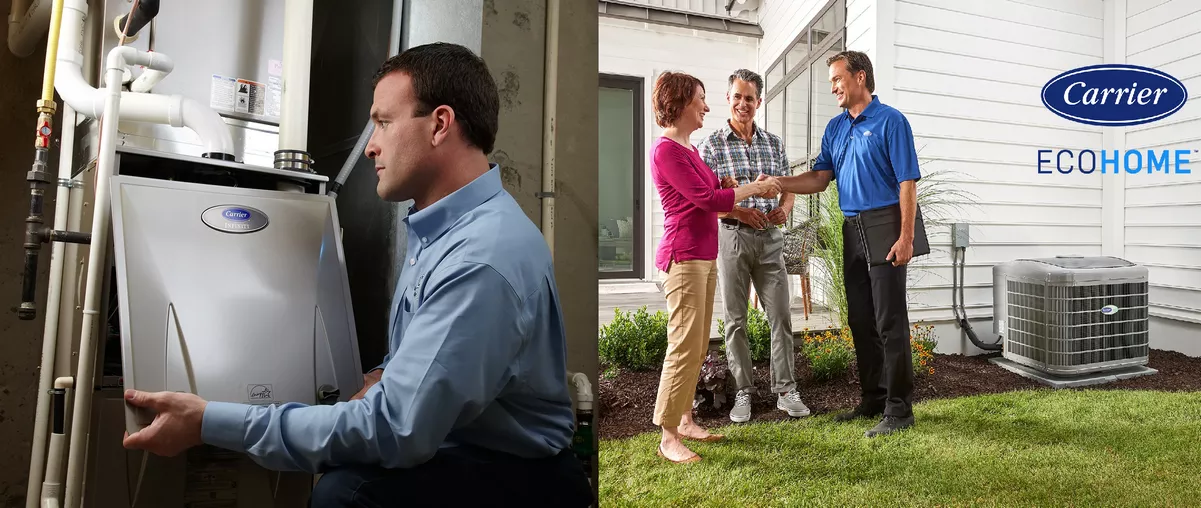
🟪 Trane: The same fundamentals apply; loads, ducts, airflow, tight evacuations, precise charging, with an emphasis on matching outdoor capacity steps to indoor coil and blower tables so modulation stays within the “efficiency envelope.” Top-discharge outdoor units need clear vertical airflow and a firm, level pad to prevent tonal noise; indoors, generous return sizing and sealed filter racks keep static down and motors cool. Service panels are roomy, and diagnostics surface coil, compressor, and fan data clearly so technicians can verify superheat, subcool, and delta-T (return-to-supply temperature change) without tearing the system apart. Parts pathways are well-established, which shortens repair cycles in peak season.

✅ Verdict: Diagnostics and access are solid on both brands, and the real difference in uptime and comfort comes from a contractor who sizes correctly, designs the ductwork well, and commissions the system by the book.
Quick Buyer Match Guide
🟦🟦 Choose Carrier if you
You want the cleanest consumer ladder from entry to flagship, plan to run a fully communicating stack with tightly integrated IAQ, and value ultra-fine furnace modulation and top-tier published efficiency numbers for rebate targeting.
🟪🟪 Choose Trane if you
You prefer a contractor-tuned approach with granular match-ups, prize uniformly smooth warranty/parts logistics, and want variable-speed comfort that emphasizes low-drama stability and predictable operating costs across mixed climates.
Conclusion
Both stacks represent the premium end of residential ducted HVAC: true variable-capacity cooling and heating, strong seasonal efficiency, quiet operation, and mature smart controls. The first set leans into consumer clarity and orchestration; a matched Infinity trio that modulates with finesse, integrates IAQ under one roof, and posts headline efficiency numbers. The second leans into contractor flexibility and process consistency; a granular catalog that pros can dial into tricky duct systems, backed by steady parts logistics and calm day-to-day operation. If you are chasing the very highest published ratings and a one-umbrella control experience, the first is a sensible pick. If you value a dial-it-in toolkit and a famously predictable support pipeline, the second is equally compelling. Either way, prioritize the best installer you can find, because the quietest, most comfortable, and most efficient system is the one that was sized, ducted, charged, and commissioned exactly right.

